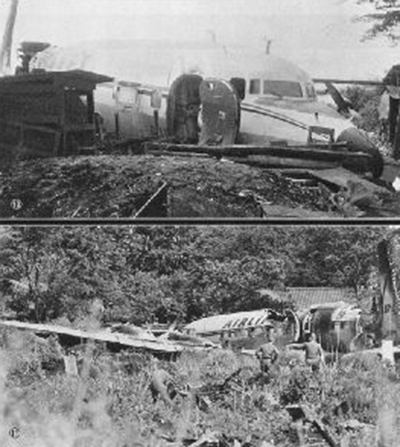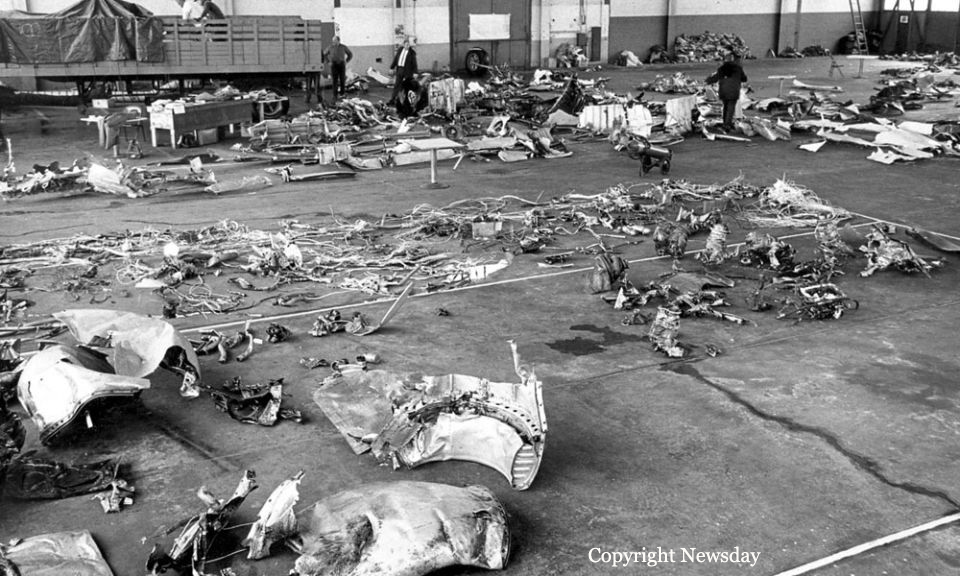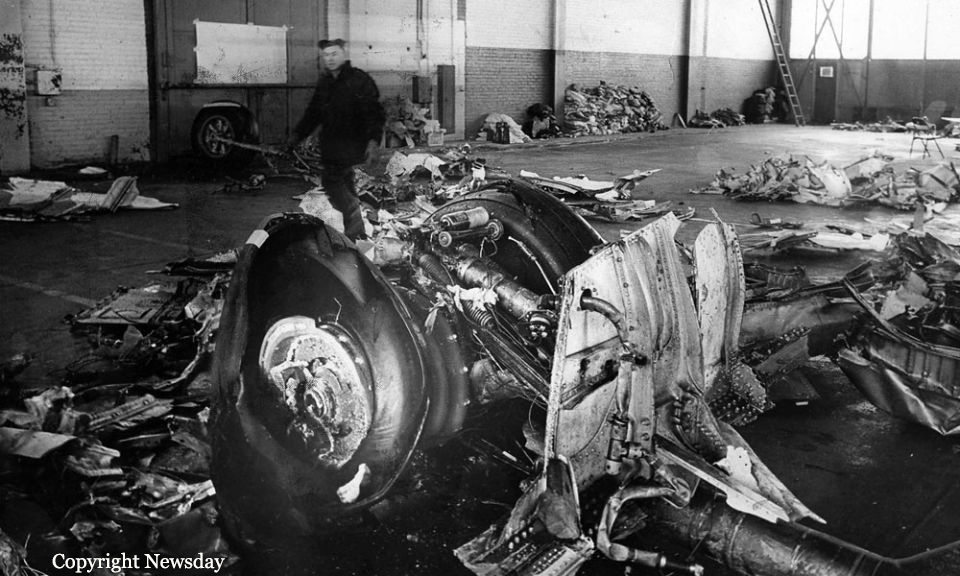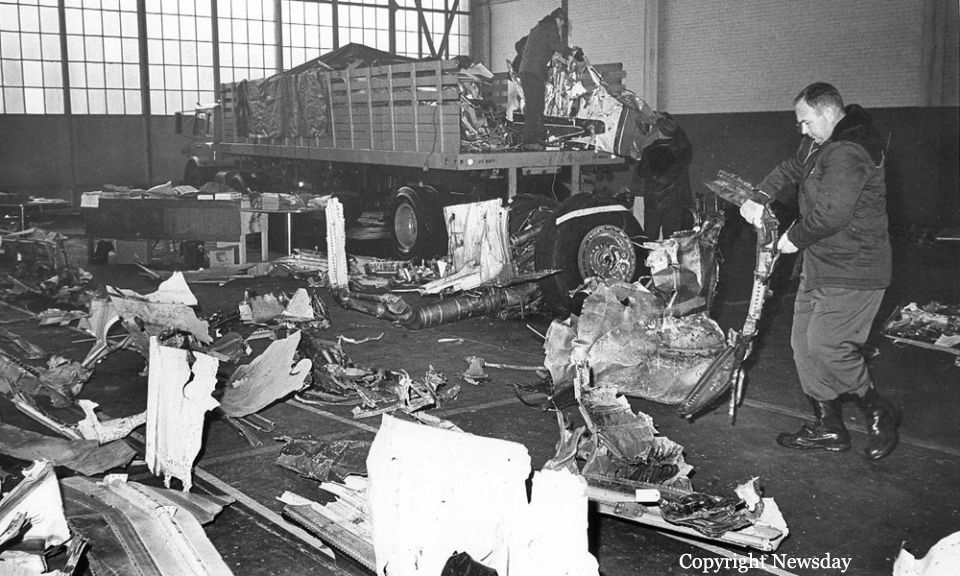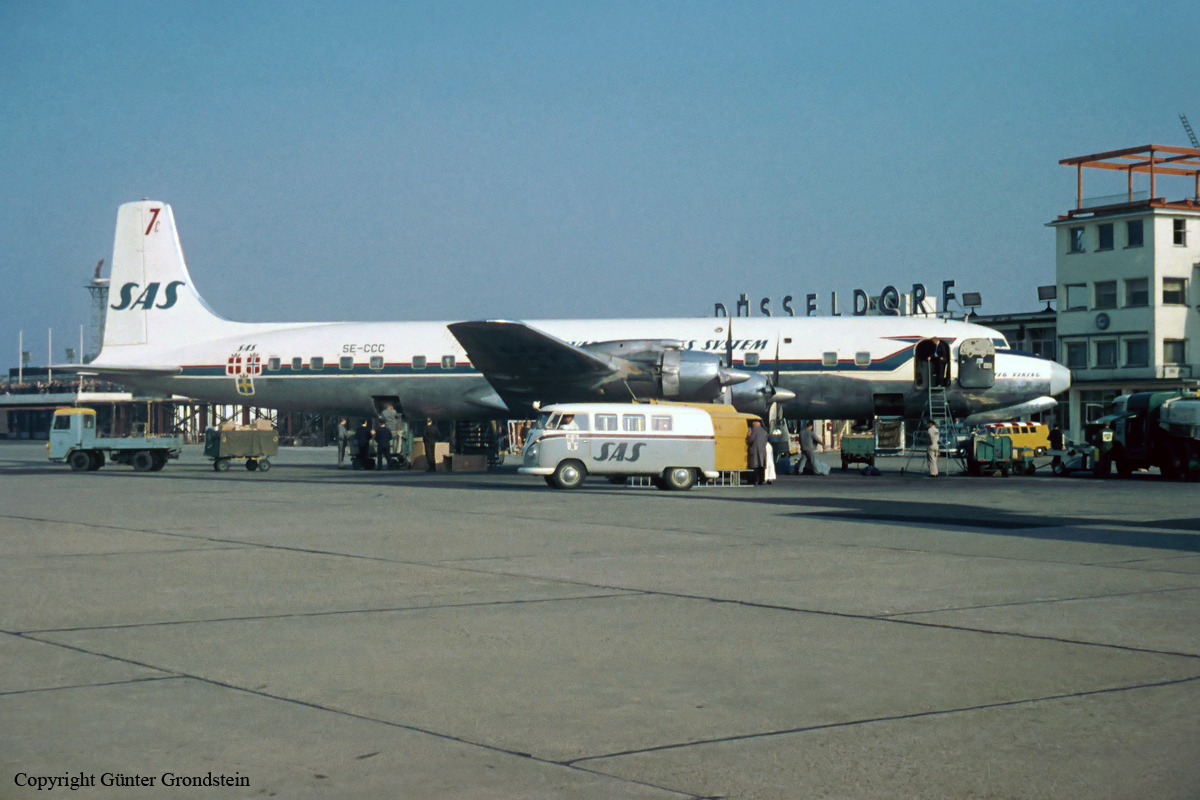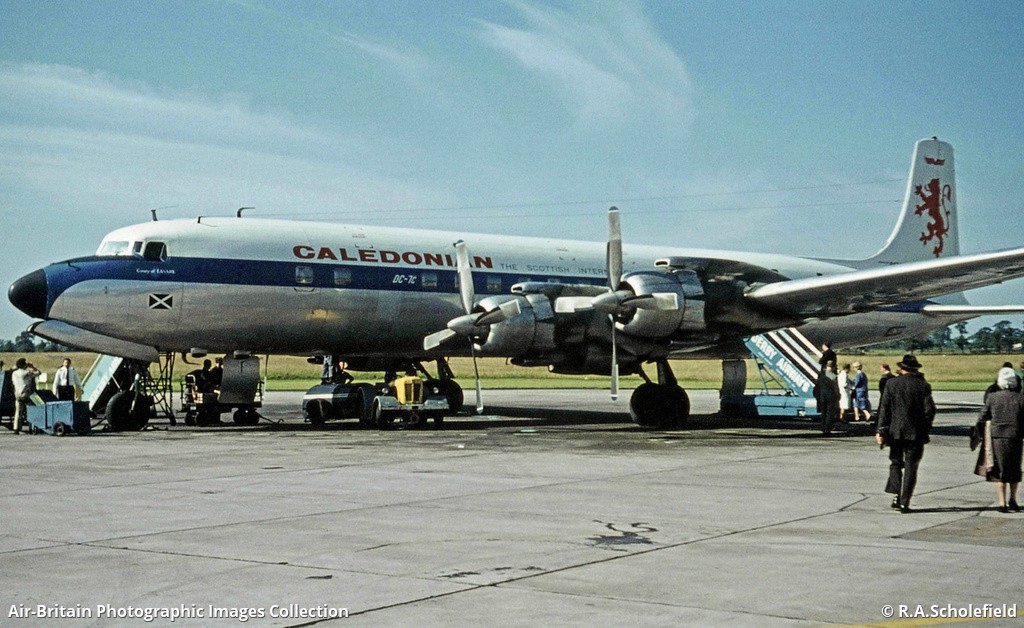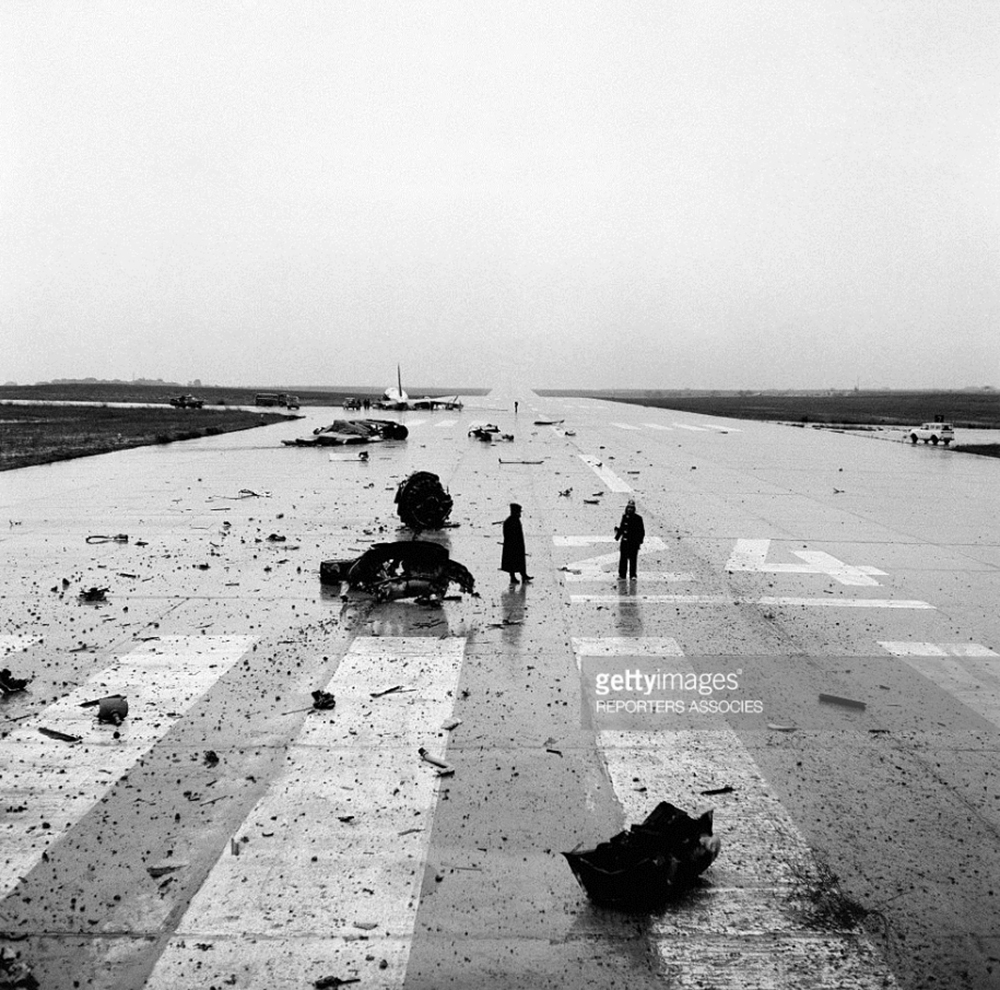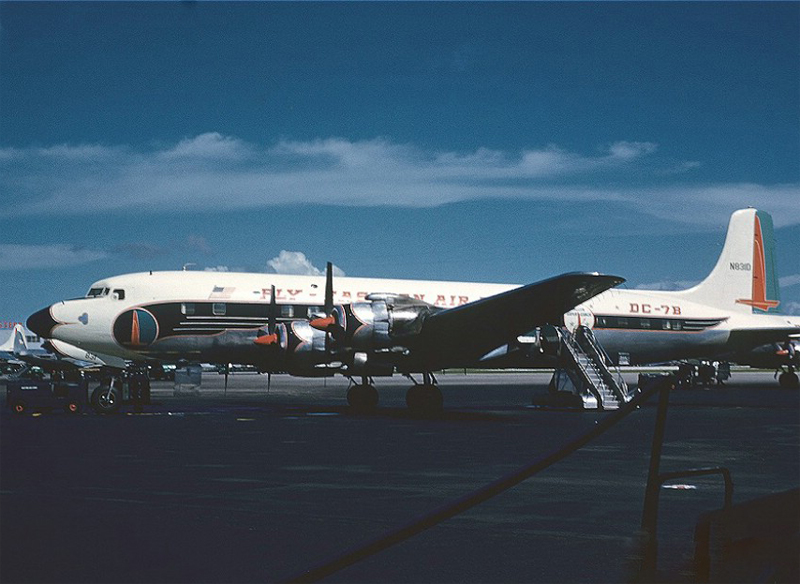Crash of a Douglas DC-7CF at Tachikawa AFB
Date & Time:
Sep 12, 1966 at 2201 LT
Registration:
N2282
Survivors:
Yes
Schedule:
Tachikawa - Wake Island
MSN:
45128/779
YOM:
1957
Flight number:
RD184
Crew on board:
4
Crew fatalities:
Pax on board:
0
Pax fatalities:
Other fatalities:
Total fatalities:
0
Captain / Total hours on type:
1782.00
Copilot / Total hours on type:
760
Aircraft flight hours:
16054
Circumstances:
The DC-7 was loaded with 27,484lb of cargo and was cleared to taxy to runway 01 at 21:45. After receiving IFR clearance for Wake Island, the crew reported ready for takeoff and requested the use of the paved runway overrun area. The request was approved. The aircraft failed to rotate at 121 knots (V2) and even accelerated through 128 knots without being able to rotate. The engines were stopped and maximum braking was applied, but the aircraft overran and ran through a fence. The landing gear failed and the aircraft slid to a stop 1700 feet from the runway end. All four crew members were injured and the aircraft was destroyed.
Probable cause:
Improper cargo loading which resulted in the inability of the aircraft to be rotated for take-off under existing conditions. It appeared that the aircraft had been loaded incorrectly causing takeoff centre of gravity to be well forward of the allowable limit.
Final Report:
